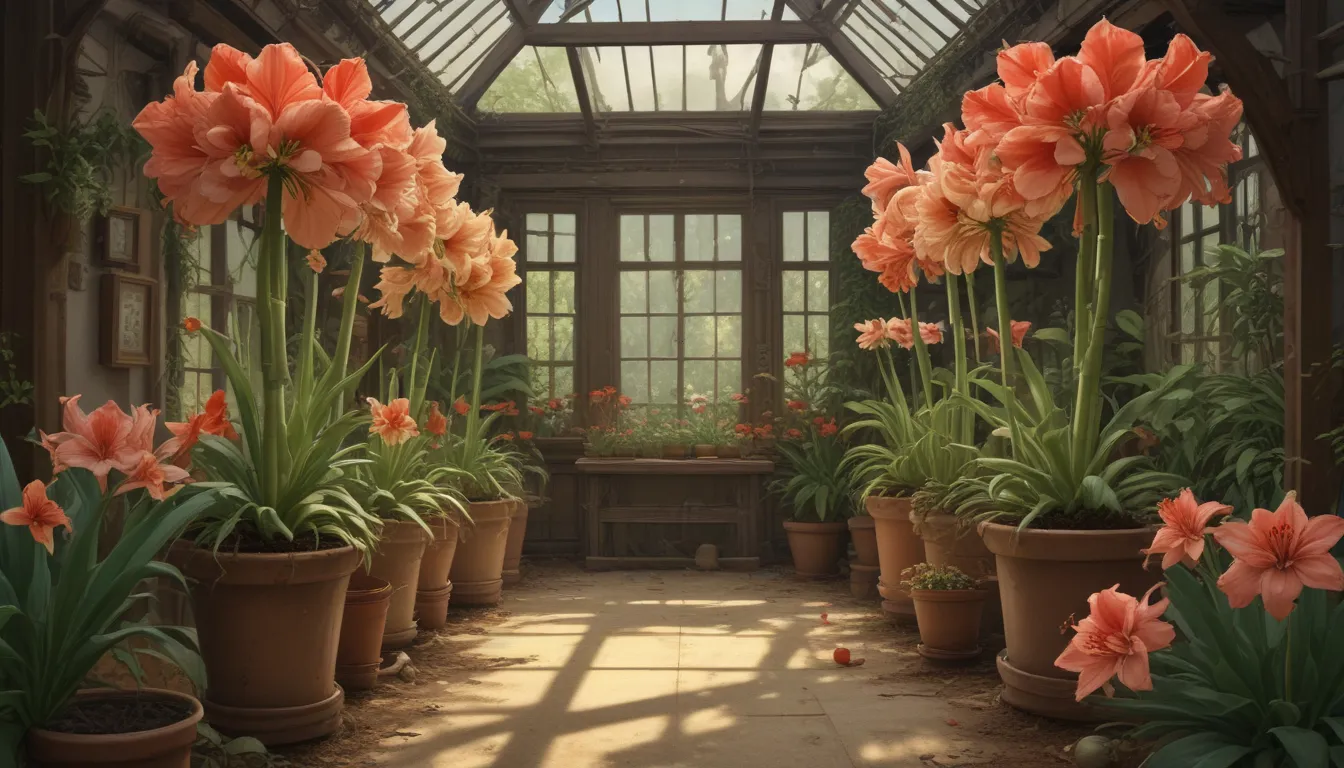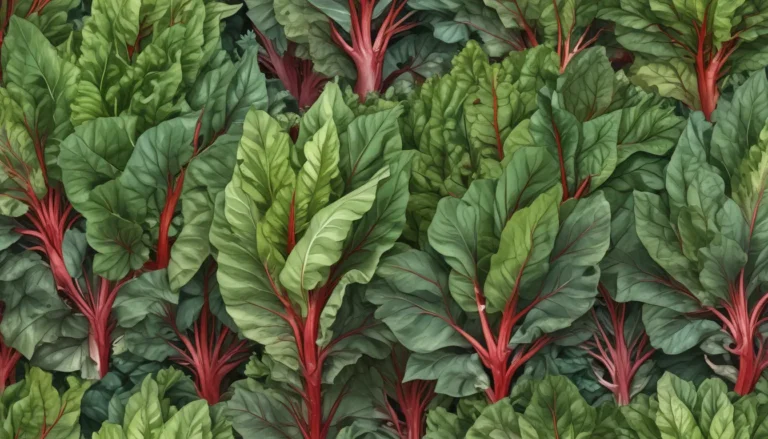An In-Depth Look at Southern Blight Disease in Amaryllis Plants

If you are a gardening enthusiast who enjoys the vivid blooms of amaryllis plants, you may have encountered the destructive force of southern blight disease. Amaryllis plants, with their stunning appearance and resilience, are popular choices for home decoration and gift-giving. However, the presence of the Southern blight fungus, Sclerotium rolfsii, can quickly turn your festive display into a nightmare.
In this comprehensive guide, we will delve into the details of southern blight disease, covering its causes, symptoms, control methods, and prevention tips. By understanding these key aspects, you can protect your beloved amaryllis plants from this devastating fungal infection.
What Is Southern Blight?
Southern blight is a fungal disease caused by Sclerotium rolfsii that targets a wide range of plants, including amaryllis, tomatoes, apples, and caladiums. Originally believed to be limited to warm tropical regions, this destructive pathogen has now spread to various locations, even in northern regions during humid summers.
The fungus produces sclerotia, tiny resting structures that can survive in soil and plant debris, posing a long-term threat to the health of your plants. These structures, resembling mustard seeds, can persist in adverse conditions, spreading rapidly when triggered by factors like heavy rains after a period of dry weather.
Symptoms of Southern Blight
Identifying Southern blight disease in amaryllis plants is crucial for timely intervention. Common symptoms include yellowing and wilting of leaves, sudden plant decline, and rotting of the plant crown. Upon close inspection, you may notice brown lesions on the bulb surface, white fungal threads on the foliage, or interwoven threads near the soil.
Once symptoms appear, it is challenging to salvage an infected plant, emphasizing the importance of early detection and preventive measures.
Control Methods
When dealing with Southern blight in amaryllis plants, swift action is essential. Wilted plants cannot be revived, so it is crucial to dispose of infected plants and soil promptly. To prevent the disease from spreading, sterilize pots, eliminate infected materials, and maintain proper sanitation practices.
If you are growing amaryllis outdoors, remove infected plants and soil, ensuring the disposal of all contaminated materials to prevent further spread. Turning over the soil can help bury any remaining sclerotia, reducing the risk of reinfestation.
Prevention Tips
Prevention is key to safeguarding your amaryllis plants against Southern blight disease. When purchasing bulbs, opt for disease-free varieties from reputable sellers. Inspect bulbs for signs of infection, use sterile potting soil, and ensure adequate drainage in containers to create a healthy environment for your plants.
Preventive measures such as proper plant spacing, good air circulation, and fungicide applications can protect your amaryllis plants from fungal infections. Avoid overwatering, high heat, and poorly draining soil to minimize the risk of Southern blight.
Say “No!” to Southern Blight
In conclusion, Southern blight disease poses a significant threat to the health of amaryllis plants, both indoors and outdoors. By understanding the causes, symptoms, control methods, and prevention tips discussed in this guide, you can effectively combat this fungal infection and preserve the beauty of your beloved plants.
Remember, prevention is always better than cure when it comes to Southern blight. Stay vigilant, follow best practices for plant care, and seek expert advice when needed to protect your amaryllis plants from this destructive disease.
Have you encountered Southern blight in your amaryllis plants? Share your experiences and insights in the comments below!
For more information on caring for amaryllis flowers, explore these helpful resources:
- 17 Awesome Amaryllis Varieties to Grow Indoors or Out – How to Propagate Amaryllis Bulbs – How to Grow Amaryllis (Hippeastrum) From Seed
As you continue your gardening journey, remember to stay informed, stay proactive, and cherish the enduring beauty of your cherished plants.
*





